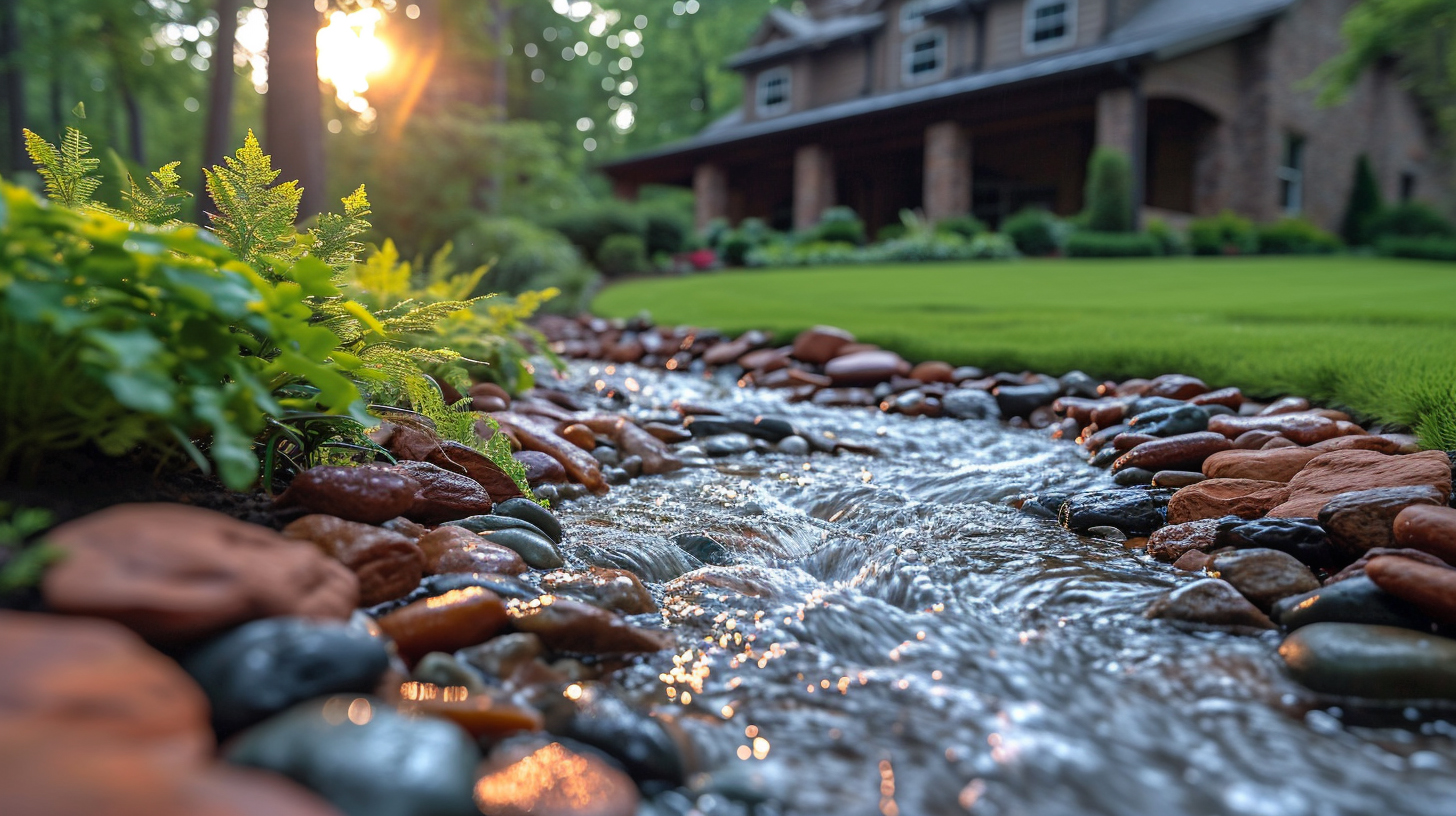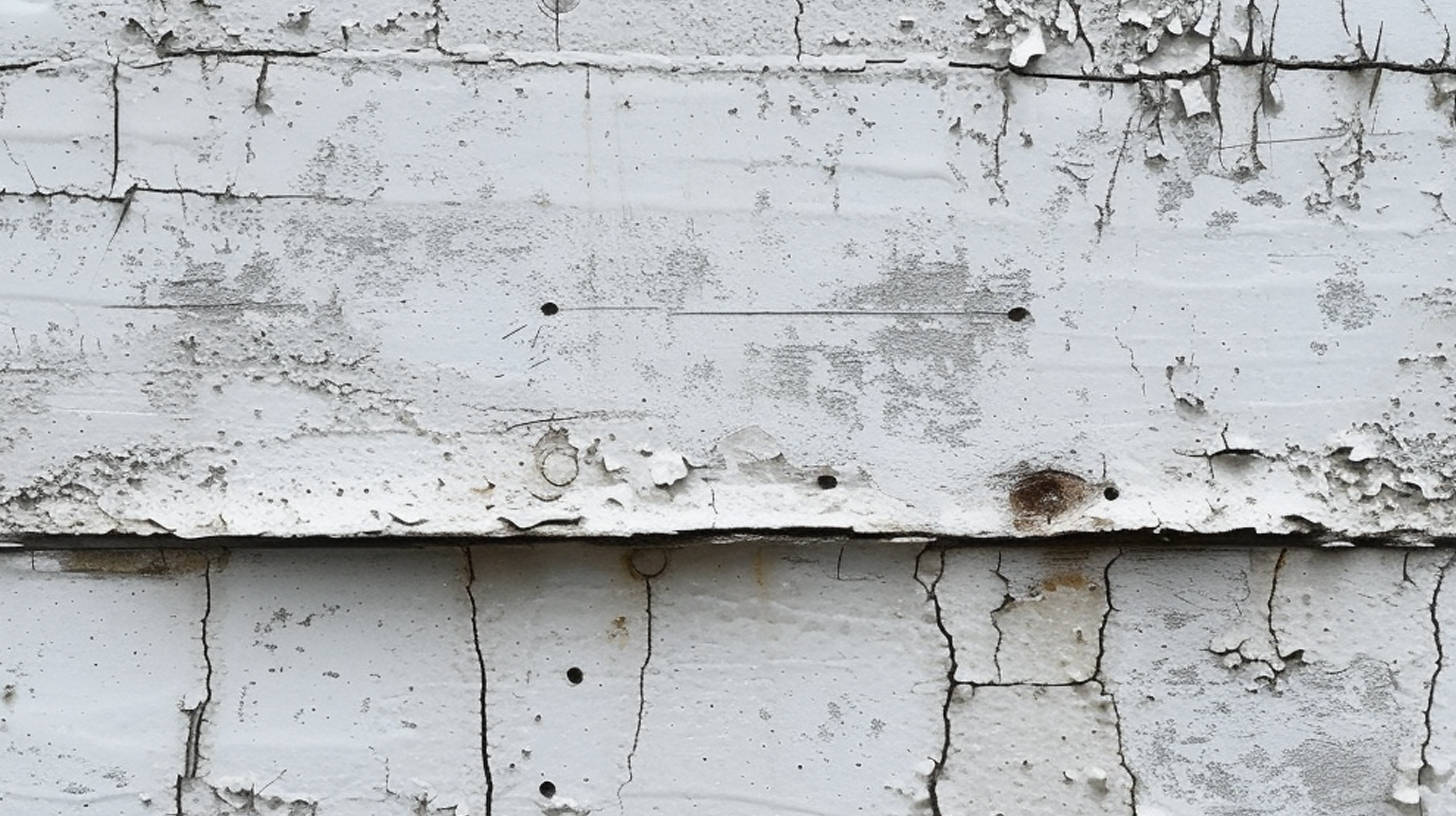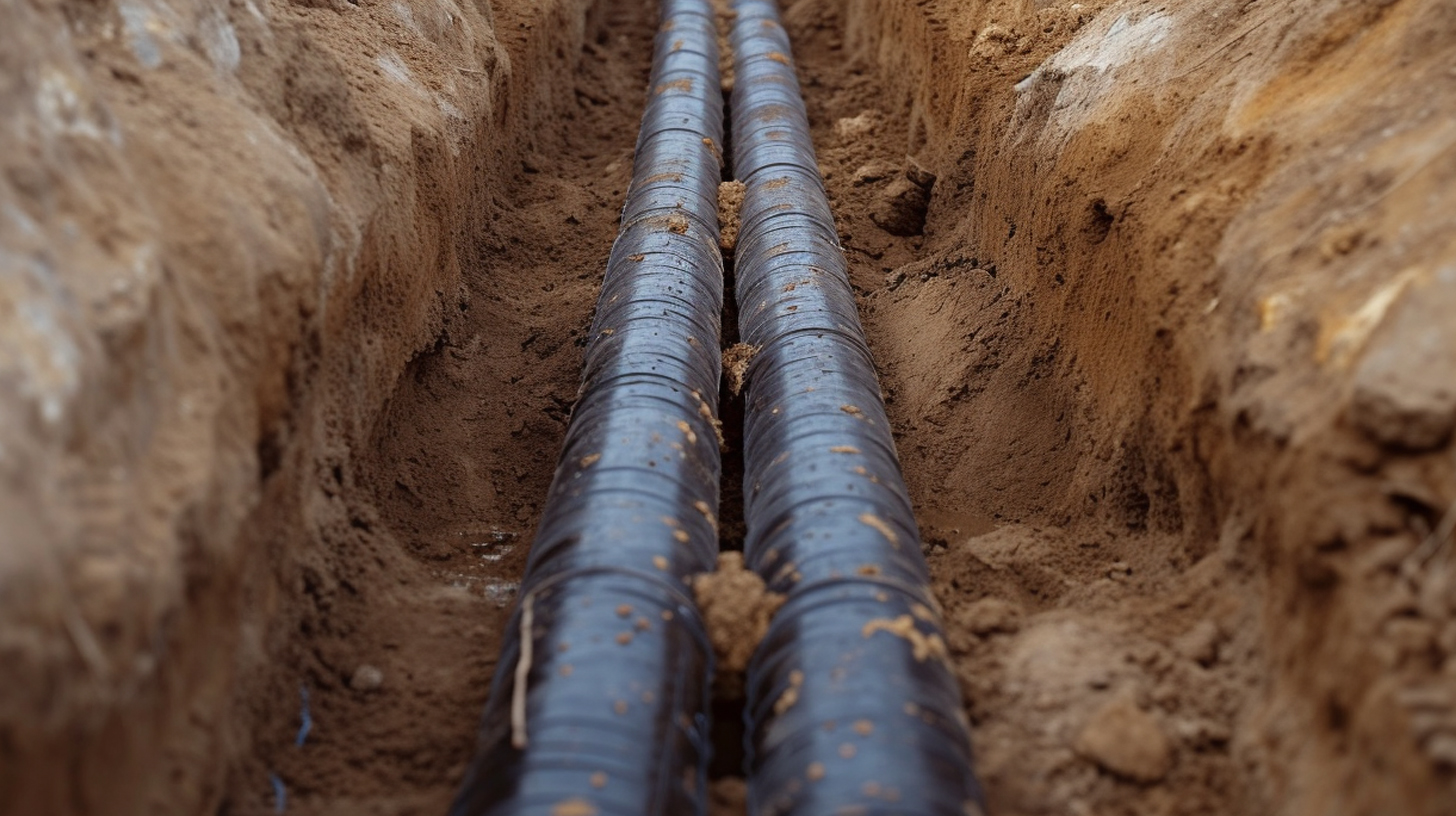A rain garden is a specialized landscaping feature designed to manage stormwater runoff effectively. At its core, a rain garden is a shallow depression in the ground that collects and filters rainwater from impervious surfaces such as roofs, driveways, and sidewalks. This sustainable landscaping approach serves as a natural bioretention system, allowing water to slowly percolate into the soil rather than flowing directly into storm drains or waterways.
Rain gardens are typically planted with native species that can withstand both wet and dry conditions, making them low-maintenance and environmentally friendly. These water-absorbing gardens not only help reduce flooding and erosion but also improve water quality by filtering out pollutants and sediments from runoff.
The design of a rain garden takes into account factors such as soil type, drainage patterns, and local climate to maximize its effectiveness in stormwater management. By incorporating rain gardens into urban and suburban landscapes, communities can mitigate the negative impacts of excessive runoff while creating attractive, functional green spaces that support local ecosystems.
The Environmental Benefits of Rain Gardens
Rain gardens are an innovative and eco-friendly landscaping solution that offer numerous environmental benefits. These specially designed gardens help mitigate urban runoff, a significant source of water pollution in developed areas. By capturing and filtering stormwater, rain gardens play a crucial role in pollution reduction, preventing harmful contaminants from entering local waterways.
One of the primary advantages of rain gardens is their ability to aid in flood prevention. During heavy rainfall, these gardens absorb excess water, reducing the strain on municipal drainage systems and decreasing the risk of localized flooding. This natural approach to water management is particularly valuable in urban areas with extensive impervious surfaces.
Rain gardens also contribute to groundwater recharge. As water slowly percolates through the soil, it replenishes underground aquifers, helping to maintain a healthy water table. This process is essential for sustaining local ecosystems and ensuring long-term water availability.
Furthermore, rain gardens create valuable habitats for local wildlife, particularly birds, butterflies, and beneficial insects. By incorporating native plants, these gardens support biodiversity and provide food and shelter for various species, enhancing the overall ecological balance of urban environments.
In conclusion, rain gardens offer a multifaceted approach to addressing environmental challenges in urban areas. Their ability to reduce pollution, prevent flooding, recharge groundwater, and create habitats makes them an invaluable tool in sustainable urban planning and water management strategies.
Designing Your Rain Garden: Key Components and Considerations
When designing your rain garden, several key components and considerations must be taken into account to ensure its effectiveness and aesthetic appeal. First, assess your drainage area to determine the appropriate size for your rain garden. A general rule of thumb is to make your rain garden about 20-30% of the drainage area it will serve. This calculation helps ensure that your garden can adequately manage the runoff it receives.
Soil composition plays a crucial role in rain garden functionality. Ideally, your soil should have good infiltration rates to allow water to percolate through quickly. If your native soil is heavy clay, you may need to amend it with sand and compost to improve drainage. Conduct a soil test to determine the best amendments for your specific site.
Selecting the right plants is essential for a successful rain garden. Native plants are often the best choice as they are adapted to local climate conditions and require less maintenance. Choose a variety of plants that can tolerate both wet and dry conditions, as rain gardens experience fluctuating moisture levels. Consider incorporating a mix of grasses, sedges, and flowering perennials to create a diverse and visually appealing landscape.
When planning your rain garden’s layout, create different planting zones based on moisture levels. Place water-loving plants in the deepest part of the garden, where water will pool, and drought-tolerant species along the edges. This approach ensures that each plant thrives in its ideal growing conditions while contributing to the overall effectiveness of your rain garden.
Step-by-Step Guide to Building a Rain Garden
Building a rain garden is an eco-friendly way to manage stormwater runoff and enhance your landscape. Follow these steps to create your own:
- Site Selection: Choose a location at least 10 feet from your home’s foundation, where water naturally flows. Ensure the area receives partial to full sun.
- Excavation: Mark the garden’s perimeter and dig a shallow basin, typically 4-8 inches deep. Create a gradual slope from the edges to the center.
- Soil Preparation: Test your soil’s drainage and amend it if necessary. Mix in compost to improve water retention and nutrient content.
- Plant Selection: Choose native plants adapted to both wet and dry conditions. Include a variety of grasses, perennials, and small shrubs for diversity.
- Installation Process:
- Layer the bottom with gravel for improved drainage
- Add prepared soil mixture
- Position plants according to their moisture preferences
- Apply a layer of mulch to retain moisture and prevent erosion
- Maintenance: Water regularly during the first growing season and remove weeds as needed. Over time, your rain garden will require minimal upkeep while effectively managing runoff and supporting local wildlife.
Maintaining Your Rain Garden: Tips for Long-Term Success
Proper maintenance is crucial for the long-term success of your rain garden. Regular upkeep ensures that your garden continues to effectively manage stormwater runoff while remaining an attractive landscape feature. Here are some essential maintenance tasks to keep your rain garden thriving:
- Weeding: Remove unwanted plants regularly to prevent them from competing with your intentionally planted species. Focus on removing invasive plants that can quickly take over the garden.
- Mulching: Apply a fresh layer of organic mulch annually to help retain moisture, suppress weeds, and provide nutrients as it decomposes. Aim for a 2-3 inch layer, being careful not to smother plant stems.
- Plant care: Prune and divide perennials as needed to maintain their health and appearance. Remove dead or diseased plant material promptly to prevent issues from spreading.
- Seasonal upkeep: In spring, clear out any accumulated debris and cut back dead growth from the previous year. In fall, consider leaving some plant stalks and seed heads for winter interest and wildlife habitat.
- Erosion control: Monitor for signs of erosion, especially after heavy rain events. Address any issues promptly by adding plants or adjusting the garden’s contours if necessary.
By following these maintenance practices, you’ll ensure that your rain garden remains an effective and beautiful addition to your landscape for years to come.
Rain Gardens vs. Traditional Landscaping: A Comparison
Rain gardens and traditional landscaping offer distinct approaches to outdoor design, each with its own set of advantages. When it comes to water conservation, rain gardens excel by capturing and filtering stormwater runoff, reducing the strain on local water systems. This natural filtration process also helps to remove pollutants, benefiting the environment.
In terms of cost-effectiveness, rain gardens may have a higher initial investment but often prove more economical in the long run due to reduced water bills and minimal maintenance requirements. Traditional landscaping, while potentially less expensive to install, can incur higher ongoing costs for irrigation and upkeep.
Biodiversity is another area where rain gardens shine. These specialized gardens create habitats for local flora and fauna, supporting a wider range of species than typical manicured lawns. This increased biodiversity not only enhances the ecological value of your property but also contributes to a healthier local ecosystem.
Aesthetic appeal is subjective, but both styles can be visually striking. Rain gardens offer a more natural, wild look with native plants and varying textures, while traditional landscaping provides a neat, orderly appearance that many homeowners prefer.
For those seeking low-maintenance gardening options, rain gardens are an excellent choice. Once established, they require minimal watering and upkeep, as native plants are adapted to local conditions. Traditional landscaping often demands more frequent attention, including regular mowing, pruning, and watering.
Ultimately, the choice between rain gardens and traditional landscaping depends on individual preferences, local climate, and specific property needs. Both approaches have their merits, and many homeowners find success in combining elements of each to create a balanced and sustainable outdoor space.
Common Misconceptions About Rain Gardens
Rain gardens are often misunderstood, leading to several common misconceptions. One prevalent myth is that they serve as mosquito breeding grounds. In reality, properly designed rain gardens drain within 24-48 hours, preventing standing water that mosquitoes need to lay eggs. Another misconception is that rain gardens cause water logging in yards. On the contrary, they’re specifically engineered to improve drainage and reduce waterlogging issues.
Many people believe rain gardens don’t function in winter, but they continue to manage stormwater effectively, even in colder months. The misconception that rain gardens require vast amounts of space is also unfounded; they can be scaled to fit various property sizes, from small urban lots to larger suburban areas.
Lastly, some view rain gardens as complex and high-maintenance. While initial setup requires planning, once established, rain gardens are relatively low-maintenance, often requiring less upkeep than traditional lawns. By dispelling these myths, we can encourage more widespread adoption of this eco-friendly landscaping solution.
Rain Gardens in Urban Planning: Case Studies and Success Stories
Rain gardens have emerged as a crucial component of urban green infrastructure, offering innovative solutions to stormwater management while enhancing city aesthetics. Numerous case studies demonstrate the success of rain gardens in various settings, from community projects to residential and commercial applications.
In Seattle, the SEA Street project transformed a residential neighborhood by incorporating rain gardens along the roadway. This initiative reduced stormwater runoff by 99% during heavy rainfall events, showcasing the effectiveness of these natural filtration systems in urban environments.
Portland, Oregon’s Green Streets program has implemented over 2,000 rain gardens citywide. These installations not only manage stormwater but also create beautiful streetscapes, improving the overall urban experience for residents and visitors alike.
On a smaller scale, residential implementations have proven equally impactful. In Minneapolis, homeowners participating in the Metro Blooms Raingardens program have collectively captured millions of gallons of runoff, preventing it from entering local waterways and reducing the strain on municipal sewer systems.
Commercial applications have also yielded impressive results. The Philadelphia Water Department’s Green City, Clean Waters program incentivizes businesses to incorporate rain gardens into their landscapes. One notable success is the Yards Brewing Company, which installed a series of rain gardens that now manage 100% of the facility’s stormwater runoff.
These case studies underscore the versatility and effectiveness of rain gardens in urban planning, demonstrating their potential to address environmental challenges while creating more livable, sustainable cities.
Embracing Rain Gardens for a Sustainable Future
As we conclude our exploration of rain gardens, it’s clear that these innovative landscape features offer a multitude of benefits for both homeowners and the environment. By embracing rain gardens, we take a significant step towards sustainable water management and ecosystem preservation.
Rain gardens not only help mitigate stormwater runoff and reduce pollution in our waterways, but they also create beautiful, low-maintenance spaces that enhance biodiversity. These natural filtration systems play a crucial role in replenishing groundwater supplies and protecting our communities from flooding.
Moreover, the implementation of rain gardens on a wider scale can contribute to urban resilience, helping cities adapt to the challenges posed by climate change. As we face increasingly unpredictable weather patterns, the importance of such nature-based solutions cannot be overstated.
By incorporating rain gardens into our landscapes, we actively participate in creating a more sustainable future. We encourage everyone to consider adding a rain garden to their property or supporting local initiatives that promote their implementation. Together, we can make a positive impact on our environment and pave the way for a greener, more resilient world.










